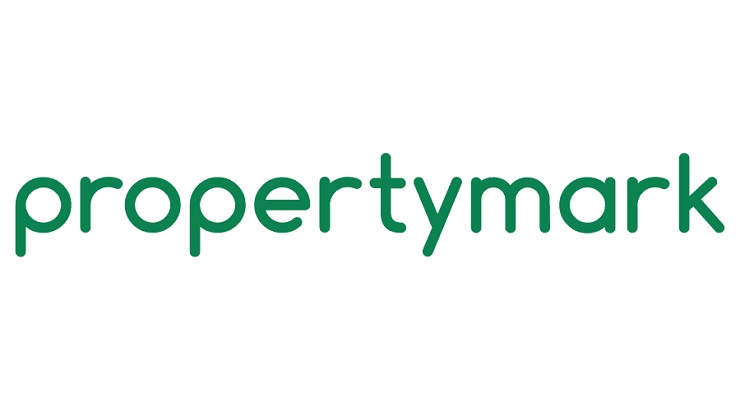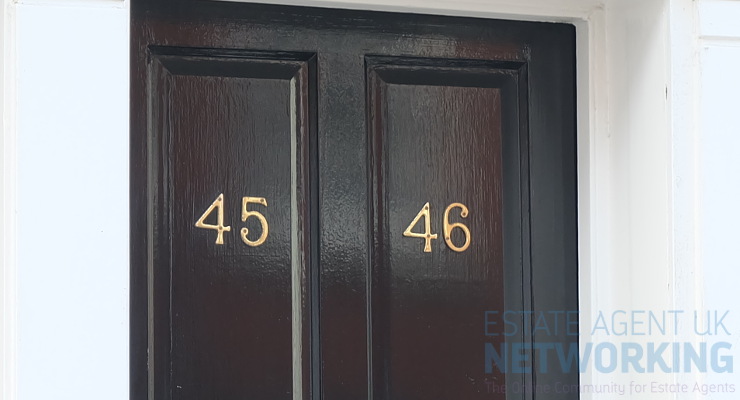Newcastle takeover deal could boost local property market by 15%
Fans of the Magpies continue to bite their nails this week as the club’s Saudi takeover, reported to be worth £300m, is still yet to be given the green light after weeks of uncertainty.
The deal could make Newcastle one of the richest clubs in the world and fans will be hoping a return to the top tier of the Premier League will soon follow as a result.
But what could it mean for the local property market?
Local property developer, StripeHomes, has released research looking at 20 previous Prem takeovers and what happened to local house prices in the years following.
The research shows that on average, house prices in towns or cities to benefit from a big name takeover increased by a buoyant 5% in the year following, climbing to 15% over three years.
With the average house price in Newcastle currently at £159,722, a similar boost as a result of the Saudi deal could see this climb to £167,711 over the next 12 months, hitting £184,062 in just three years.
This price increase, could however, climb even higher.
In the year following Tottenham Hotspur’s takeover by Joe Lewis in 2001 house prices increased by 19%. After Joshua Harris took over Crystal Palace in 2015 local house prices climbed by 16%, with a 10% increase in local market values when Abramovich took the helm at Chelsea.
But this double digit price growth isn’t restricted to London. When Tony Bloom became the majority owner at Brighton, house prices in the local area climbed 13% in the city. After the Glazers took over at Man United, there was also a 10% uplift. Bournemouth, Norwich and Sheffield also saw increases of between 6%-8% following their respective takeovers.
Looking at the data over the three years following each takeover, Tottenham, Arsenal, Watford, Norwich, Chelsea, Bournemouth and Crystal Palace all saw house price increases in excess of 20%.
However, a local property market boost isn’t guaranteed and Leicester, Liverpool, Newcastle and Man City all saw prices decline in the year following their last takeover, while Newcastle, Liverpool and Man City have also seen a decline over the three years following.
|
Premier League club takeovers vs average house price change ranked by highest increase in the first year following each deal.
|
|||||
|
Football club
|
Majority Owner
|
Date of takeover
|
Average house price – date of takeover
|
Change 1 yr
|
Change 3 yrs
|
|
Tottenham Hotspur
|
Joe Lewis
|
2001
|
£165,127
|
19%
|
43%
|
|
Crystal Palace
|
Joshua Harris
|
2015
|
£307,064
|
16%
|
21%
|
|
Brighton
|
Tony Bloom
|
2009
|
£212,685
|
13%
|
17%
|
|
Chelsea
|
Roman Abramovich
|
2003
|
£389,648
|
10%
|
28%
|
|
Manchester United
|
The Glazers
|
2005
|
£119,724
|
10%
|
16%
|
|
Bournemouth
|
Maxim Demin
|
2013
|
£208,226
|
8%
|
23%
|
|
Norwich
|
Delia Smith and Micheal Wynn-Jones
|
1996
|
£39,276
|
8%
|
28%
|
|
Sheffield United
|
Prince Abdullah Bin Musa’ed
|
2013
|
£127,215
|
6%
|
16%
|
|
Wolves
|
Guo Chuangchang
|
2016
|
£132,806
|
5%
|
16%
|
|
Everton
|
Farhad Moshiri
|
2016
|
£118,441
|
5%
|
13%
|
|
Watford
|
Gino Pozzo
|
2012
|
£223,356
|
4%
|
33%
|
|
Arsenal
|
Stan Kroenke
|
2011
|
£424,104
|
4%
|
38%
|
|
Burnley
|
Mike Garlick
|
2015
|
£71,855
|
3%
|
12%
|
|
Aston Villa
|
Nassef Sawiris
|
2018
|
£182,786
|
3%
|
x
|
|
Southampton
|
Gao Jisheng
|
2017
|
£205,002
|
2%
|
0%
|
|
West Ham
|
David Sullivan and David Gold
|
2010
|
£243,608
|
2%
|
9%
|
|
Leicester City
|
Aiyawatt Srivaddhanaprabha (formerly his father Vichai)
|
2010
|
£119,909
|
-1%
|
3%
|
|
Liverpool
|
John Henry
|
2010
|
£113,327
|
-4%
|
-6%
|
|
Newcastle United
|
Mike Ashley
|
2007
|
£160,874
|
-5%
|
-10%
|
|
Manchester City
|
Sheikh Mansour
|
2008
|
£138,728
|
-11%
|
-11%
|
|
Average overall
|
5%
|
15%
|
|||
|
Potential price growth in relation to Newcastle takeover
|
|||||
|
Newcastle United
|
Saudi Arabia Public Investment Fund
|
expected 2020
|
£159,722
|
£167,711
|
£184,062
|









